Program Title
Bachelor of Fine and Applied Art in Experience Design for Integrated Media
Award Institute
King Mongkut’s Institute of Technology Ladkrabang
Total Credits
144 Credits
Program Duration
4 Years
Program Educational Objectives (PEO) and Philosophy
In 2025, the program plans to fully change its name to “Experience Design for Integrated Media; XDIM.” This change centers around experience design as an academic principle of the program since 2010. The program collected valuable feedback from stakeholders, including current students, teachers, alumni, and industry experts. It benchmarked against similar international programs, revising the Program Educational Objectives (PEOs) and the Program Learning Outcomes (PLOs) and program structure and content to ensure alignment with educational philosophy and stakeholder needs.
The program educational objectives (PEO)
- Diffuse design thinking into teams, organizations, businesses or clients to create a competitive impact for the organization.
- Develop design strategies from design research for different contexts in the changing world, reflecting empathy towards users, customers, businesses, and all stakeholders with open-minded.
- Adapt thinking skills and hand skills flexibly to address design challenges and deliver the desired experience design outputs.
- Justify design requirements and criteria with updated data, information, knowledge of human behaviors, technology, sociocultural factors, and business ecosystems to deliver meaningful designs.
The educational philosophy of the program
“An interdisciplinary approach to experience design, incorporating human factors, art, creativity, technology, business acumen, and socio-culture. It develops competences through hands-on practices based on the philosophy of Experientialism, leading to the creation of open-ended integrated media that meet requirements and enhance human experience, thus contributing to the creative economy.”
Program Learning Outcomes (PLOs)

PLO 1: Design Interdiscipline
Apply design Interdiscipline, including aesthetics, art techniques, communication design principles, technology, business acumen, and sociocultural impacts to reliably support the XDIM project.
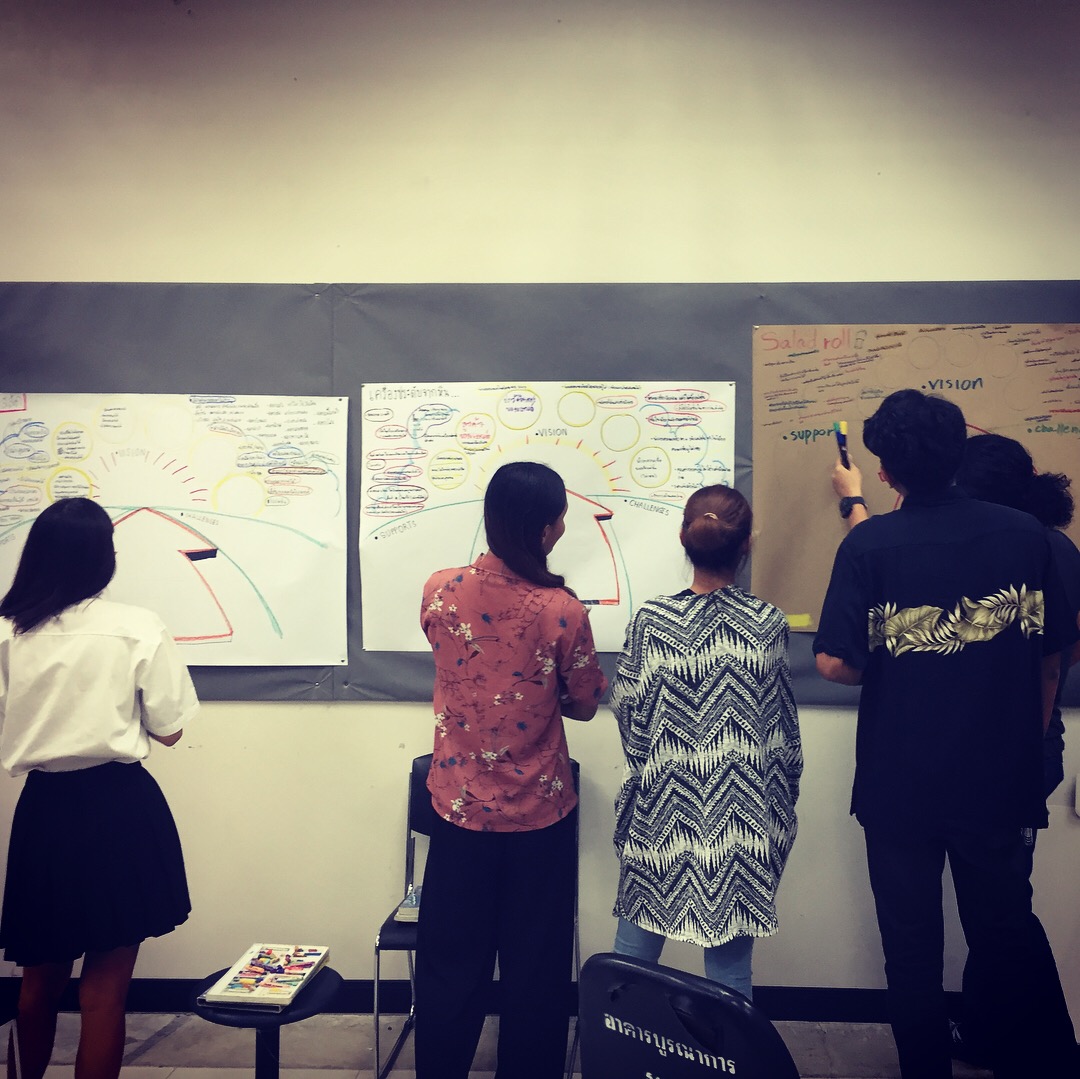
PLO 2: Creative & Design Strategy
Apply creative and design thinking tools to formulate design strategies for open-ended XDIM project, and ensuring the alignment with project scope, situations, and contexts.
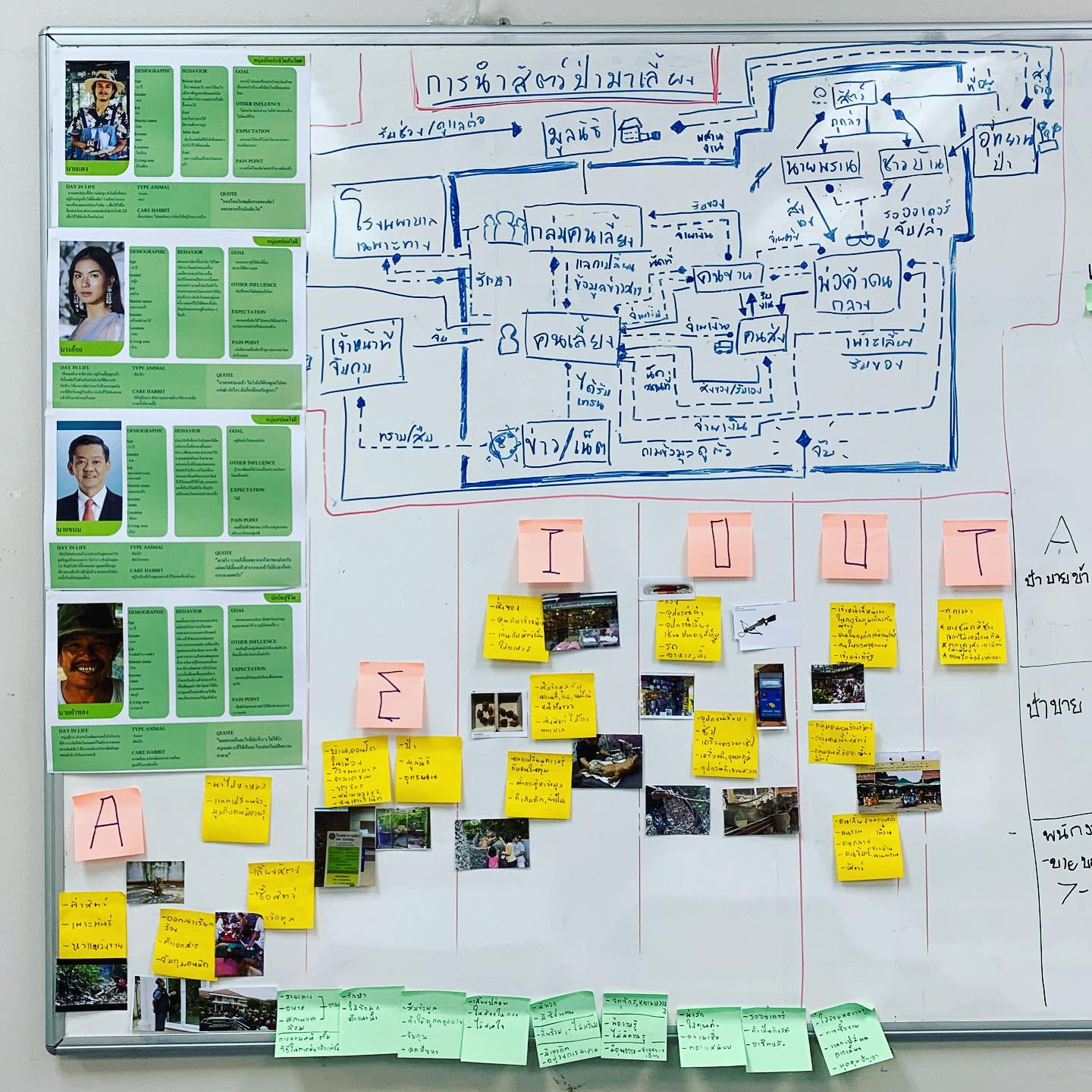
PLO 3: Design Research
Apply the contextual inquiry method to design research for the investigation, analysis of quantitative and qualitative data, and summarization into design requirements and criteria that reflect user, business, and stakeholder insights with empathy.
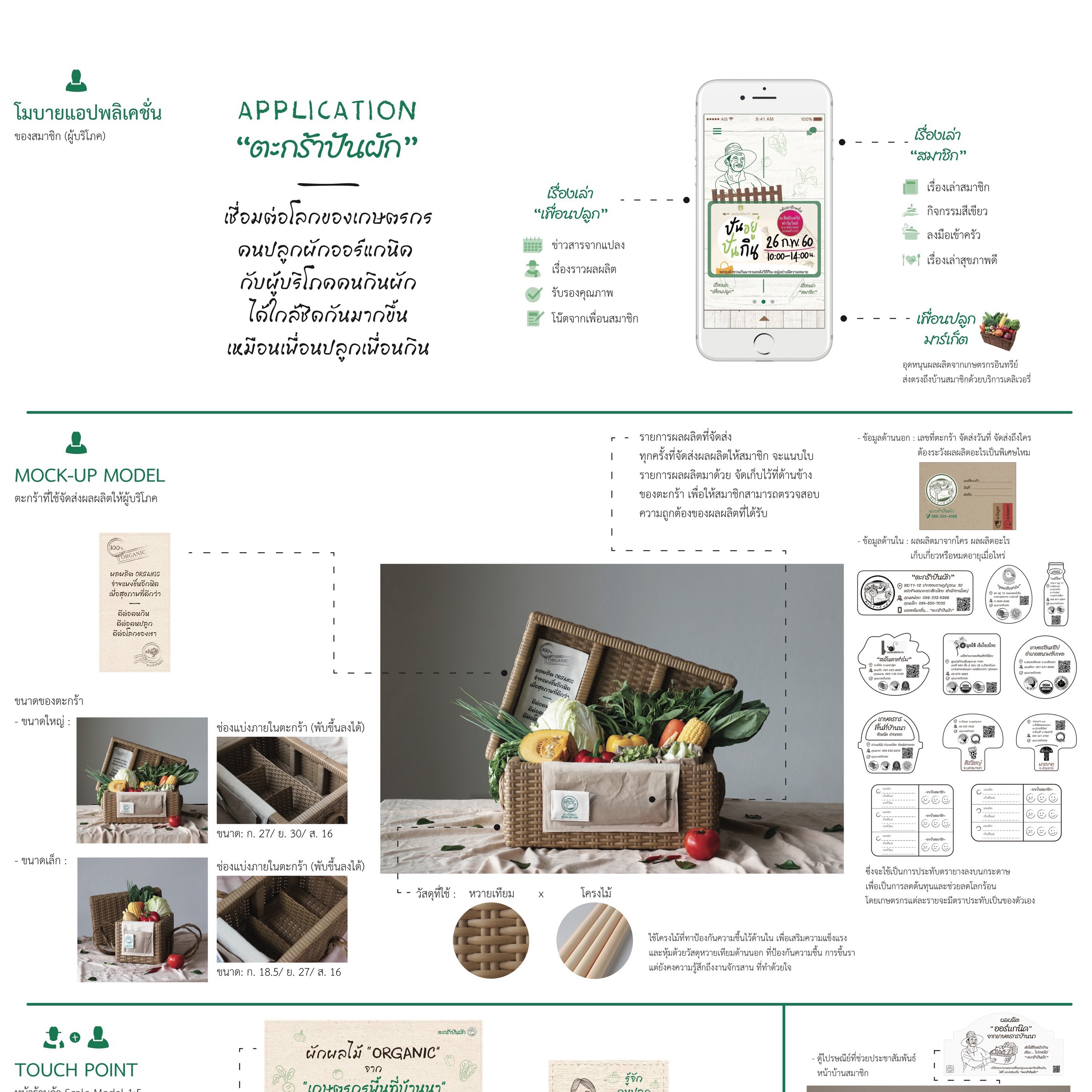
PLO 4: Experience Design
Design the human experience and journey, including the interaction of the five human senses, and visual and verbal content through integrated media, considering the intended purpose, tone, emotion, meaning, media usage, format, and constraints.
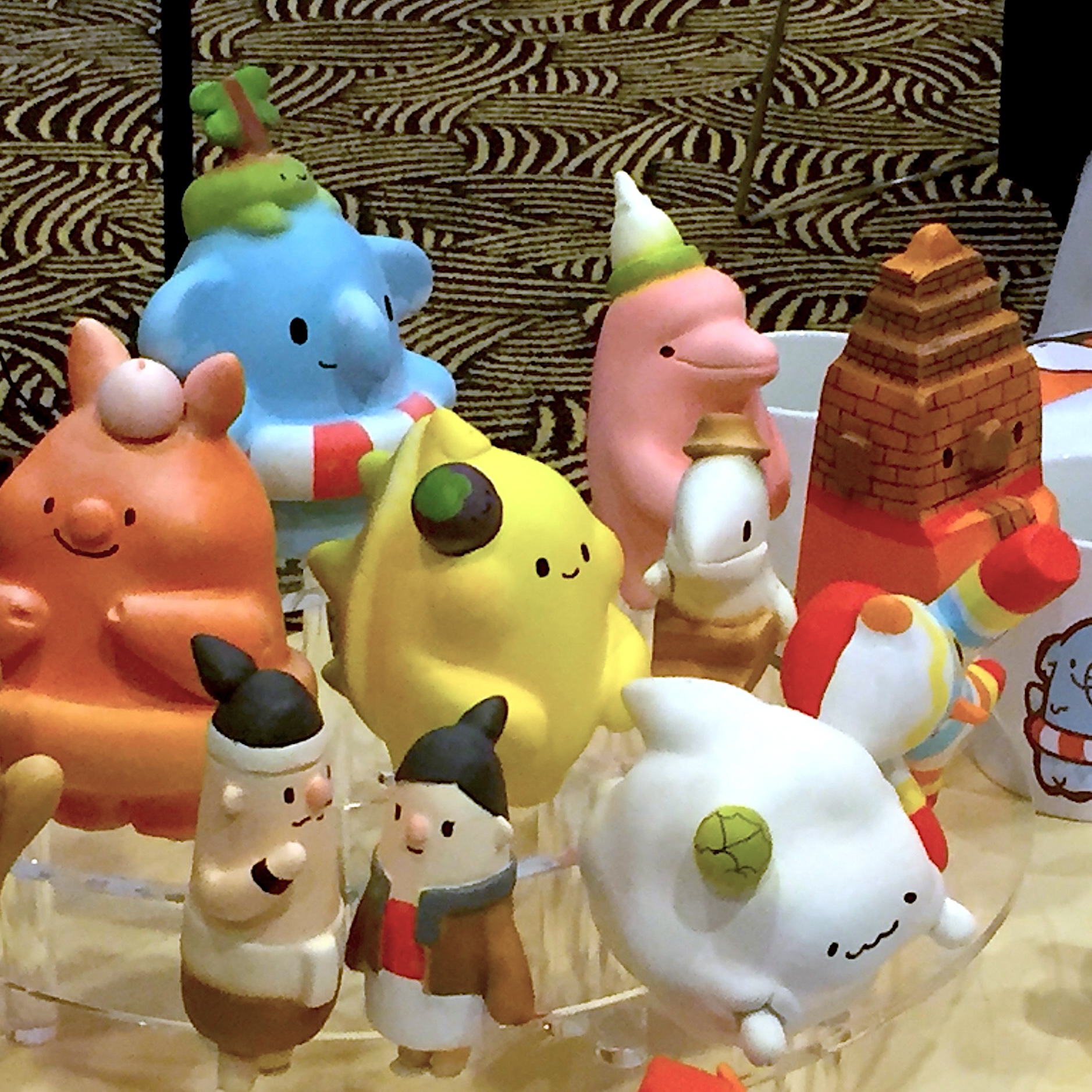
PLO 5: Design Implementation
Implement the design with refined skills in drawing, sketching, visualization, and prototyping, emphasizing details that accurately represent usages, contextual factors, environments, materials, technology, production techniques, and installation, while prioritizing originality.

PLO 6: Presentation & Communication Skill
Present the design project through visual and verbal presentation, adhering to specified details, and incorporating suitable presentation media in physical or digital formats.
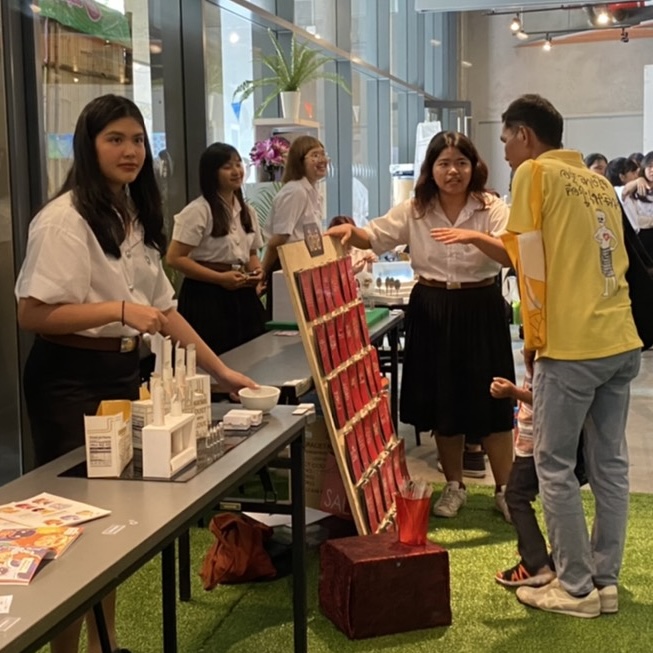
PLO 7: Design Quality
Apply design testing tools using appropriate methods to ensure alignment with the project objectives, meet requirements for human experience and stakeholder needs, for identify areas for future improvement in the design.
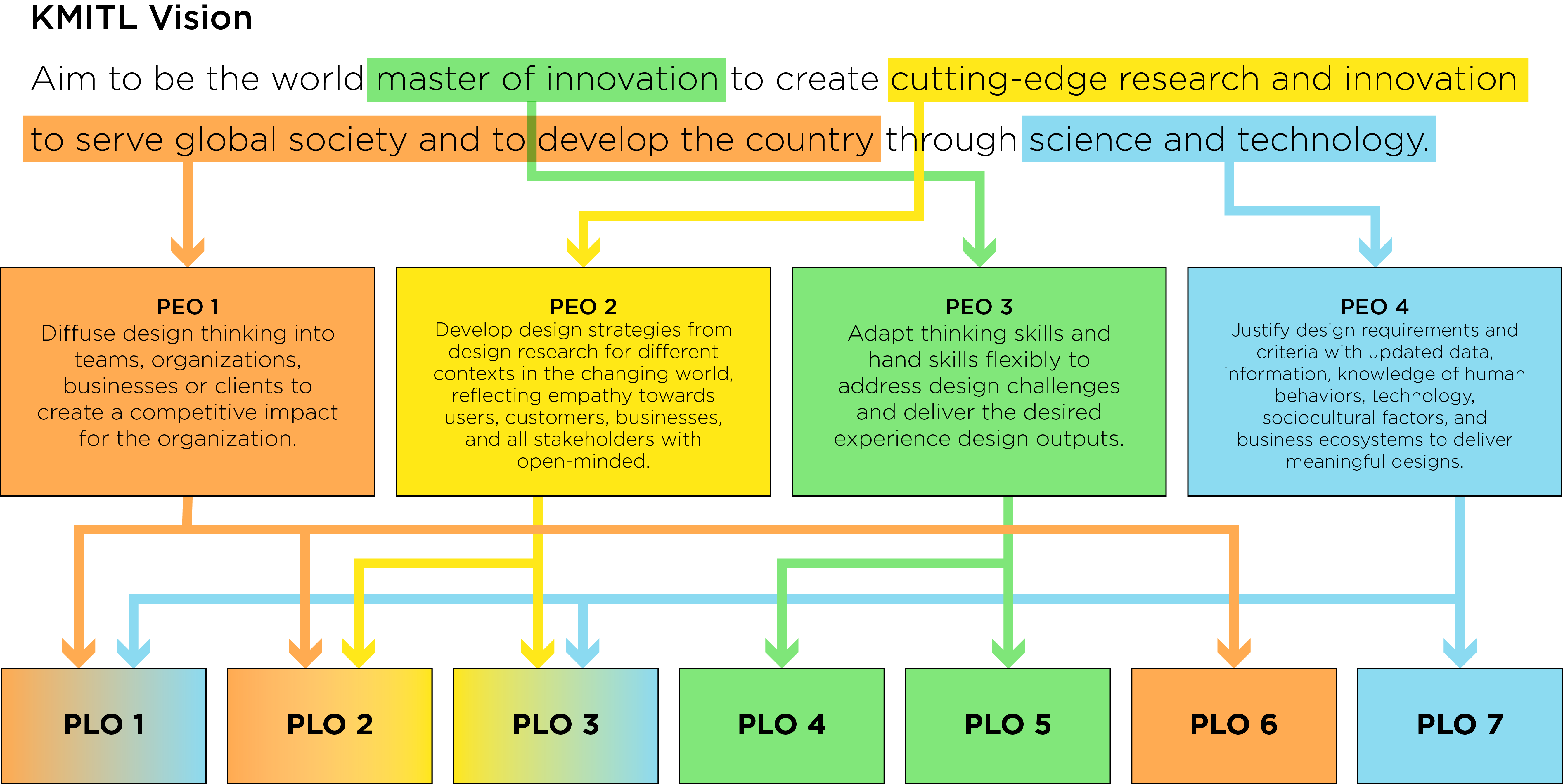
Address
Bachelor of Fine and Applied Arts Program in Experience Design for Integrated Media, School of Architecture, Art, and Design, King Mongkut’s Institute of Technology Ladkrabang.
1, Soi Chalongkrung 1, Chalongkrung Rd., Ladkrabang, Ladkrabang, Bangkok, 10520
Tel. 02-329-8000 ext. 5221